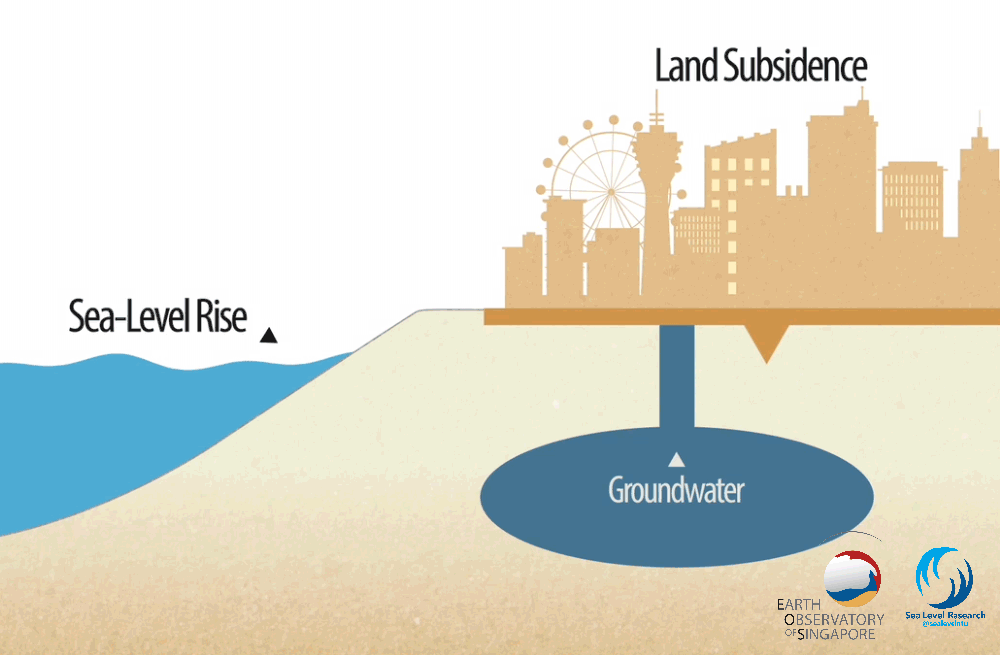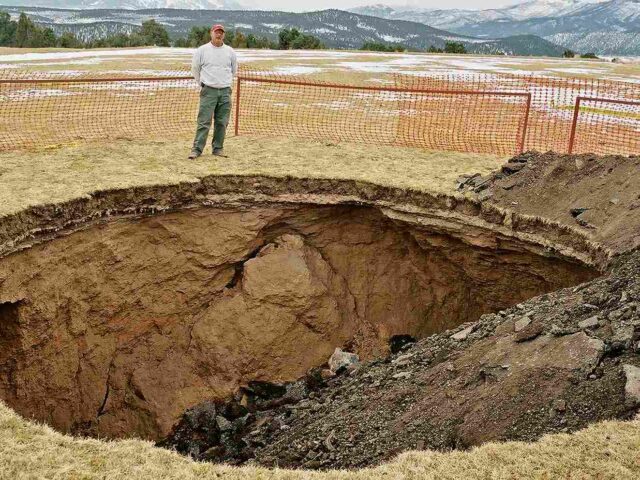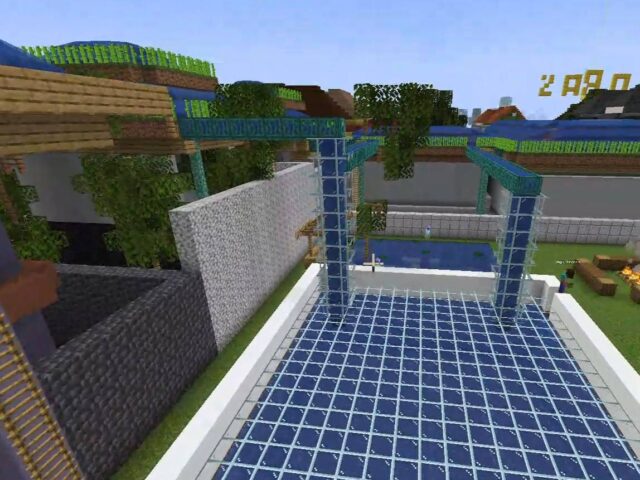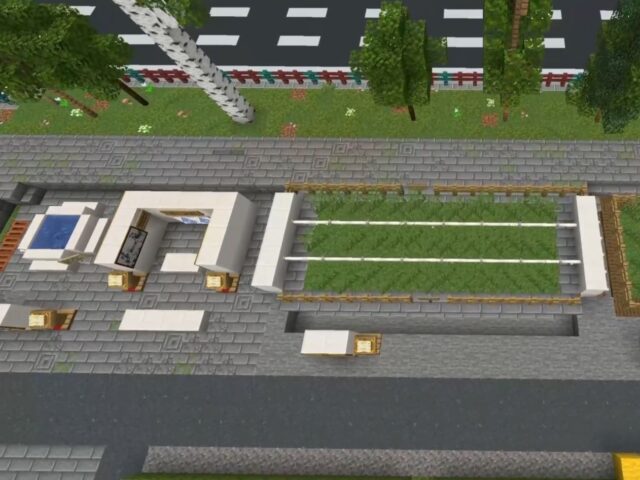Land subsidence is a geographical event that refers to the sinking of the earth’s surface, often caused by human activities and natural processes. Land subsidence is due to the removal or displacement of earth materials, including groundwater. This phenomenon can significantly impact the environment and infrastructure, flood risk, and threatens human life.
Some causes of subsidence include mining, oil/gas extraction, and sediment compression, while the primary reason is excessive groundwater use1. The careless groundwater extraction led to empty space behind that impacted the ground can sink. This is particularly common in areas with high water demand for agriculture, industry, and urban development.

Thus, land subsidence can alter natural drainage patterns, increase flooding, and decrease groundwater capacity2. In coastal areas, subsidence can exacerbate the impacts of rising sea levels and increase the risk of tidal flooding. Reduced groundwater disrupts the balance between fresh and salty water.
To conclude, effective management of water resources, including sustainable groundwater practices, water source substitution, and proper land-use planning, is essential to mitigate the risks associated with land subsidence and ensure the long-term stability of the earth’s surface. This also needs stakeholders’ participation from all levels, including communities, to contribute to preserving water resources.
Source:
- https://www.usgs.gov/mission-areas/water-resources/science/land-subsidence
- https://books.gw-project.org/land-subsidence-and-its-mitigation/chapter/major-environmental-impacts/
- https://earthobservatory.sg/earth-science-education/multimedia/graphics/vertical-land-motion
- Thumbnail: https://coloradogeologicalsurvey.org/hazards/ground-subsidence/





